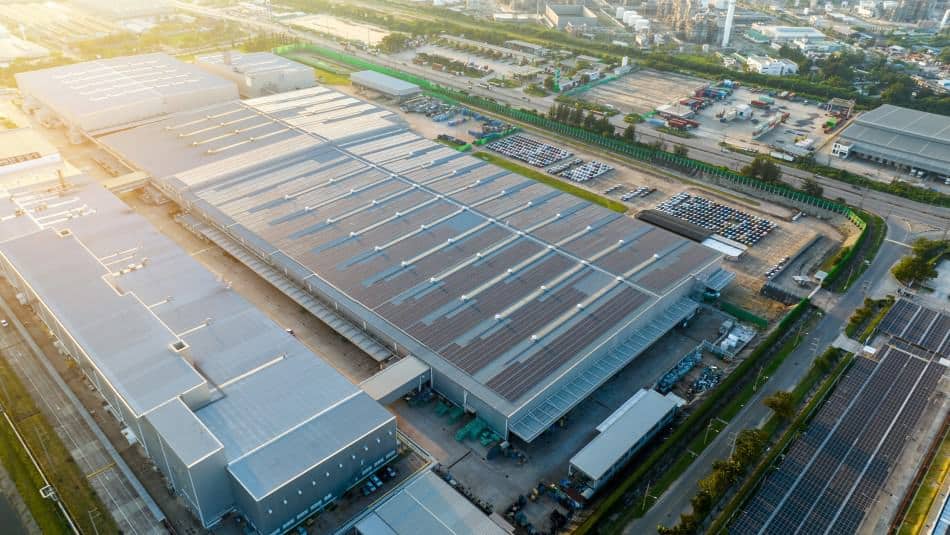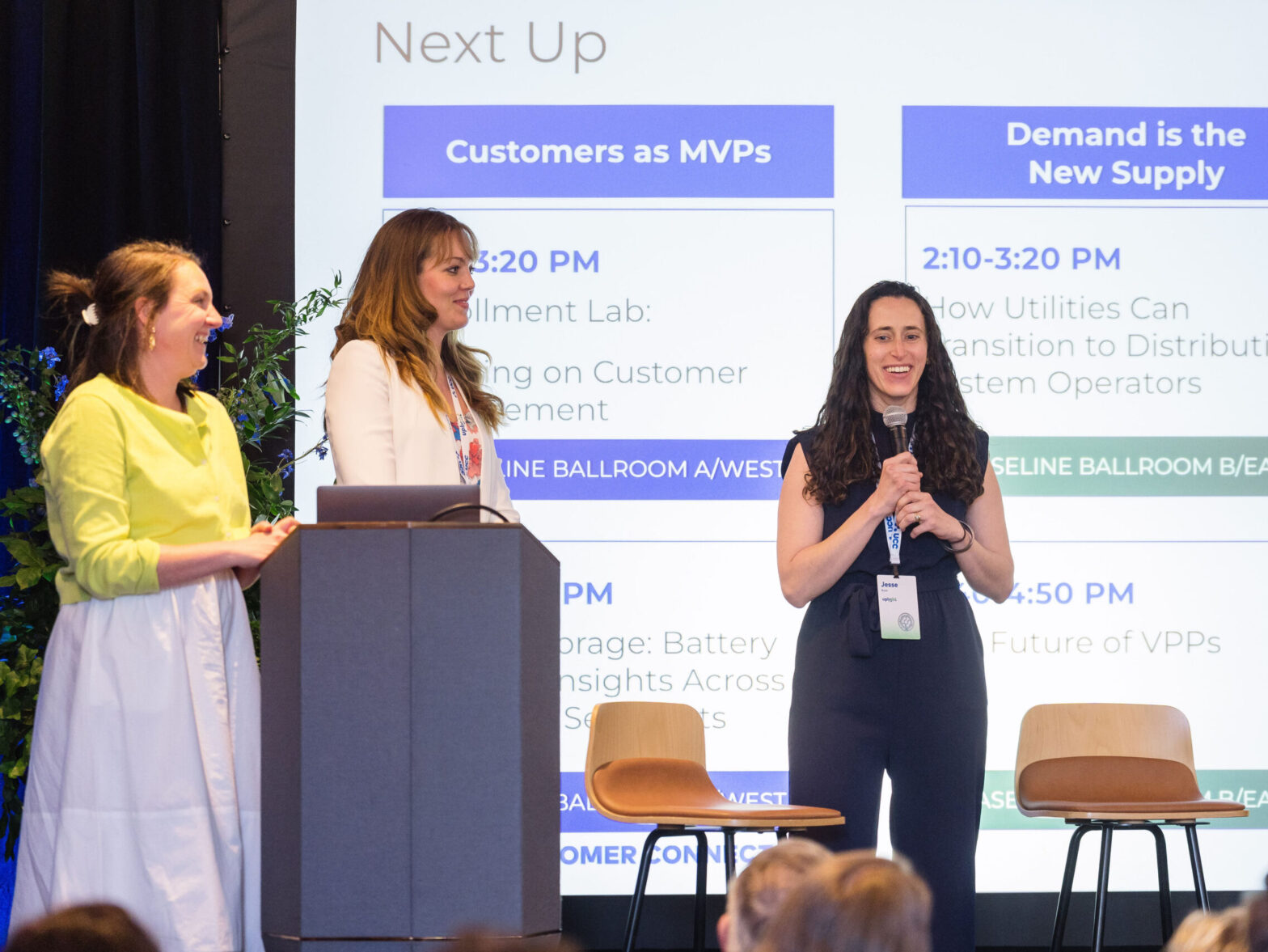Microgrids and virtual power plants (VPPs) are similar concepts and are playing an increasingly vital role in the development of a more decentralized and clean power delivery system. Yet they are not one in the same, although both microgrids and VPPs fall under the broader umbrella of distributed energy resource management systems (DERMS).
While microgrids are designed to provide resiliency when the larger grid goes down, VPPs aggregate decentralized renewable energy resources, energy storage, and demand response to balance the larger grid. VPPs require a smart grid and market structures that allow for energy trading, often stimulated by real-time pricing and time-of-use rates.
Demand response (DR) is the most fundamental of grid services a VPP can provide. And, interestingly enough, this DR use case can also be provided by microgrids if they island from the grid during shortages, thereby freeing up scarce electricity supplies for other customers still drawing from the utility grid.
What Is a Microgrid?
Microgrids are designed to operate independently when the larger utility network goes down due to extreme weather, wildfires or terrorist attacks. In each of these situations, microgrids provide backup power during outages. Under blue sky conditions, microgrids can operate in parallel with the larger grid network and can serve a range of purposes, such as shrinking energy costs and reducing carbon emissions. The most commonly referenced official definition of a microgrid is from the U.S. Department of Energy (DOE).
A microgrid is a group of interconnected loads and distributed energy resources within clearly defined electrical boundaries that acts as a single controllable entity with respect to the grid. A microgrid can connect and disconnect from the grid to enable it to operate in both grid-connected or island mode.
This DOE definition excludes systems that were commonly referred to as microgrids decades ago which operated independent from any traditional utility grid. Sometimes referred to as remote microgrids or mini-grids, one could make the argument that these systems are true microgrids, since they must operate in island mode 24/7.
Microgrids are hardly monolithic. A microgrid could include a great diversity of DERs, including solar PV, wind turbines, biomass or biogas facilities, hydro as well as conventional generators that run on diesel or natural gas. Hydrogen is also now being integrated into microgrids, along with other forms of energy storage such as batteries, flywheels and ultracapacitors.
The key enabling technology—the brains of the microgrid—are the controls, which may include smart meters, inverters and, most importantly, asset management platforms such as Flex to allow each device incorporated into the microgrid to talk with each other.
Market Segments of Microgrids
And just as there are many configurations possible for a microgrid that also range in size from kilowatt- to megawatt-scale systems, there are multiple end-use applications. Here are some of the major microgrid market segments and recent notable trends on each:
Commercial and Industrial (C&I) Microgrids
A decade ago, this was one of the smallest microgrid segments. Today, this is the fastest growing segment, especially in the United States. The combination of declining cost for clean DERs such as solar PV and the increasing rate and duration of power outages has dramatically increased the appeal of microgrids to these customers.
Utility and Community Microgrids
Though many utilities are still somewhat wary of microgrids developed by the private sector, increasing numbers are in the process of deploying microgrids themselves. Due to regulatory obstacles, utilities today are the only ones that are able to develop a microgrid for residential communities.
Campus and Institutional Microgrids
Many of the early microgrids deployed in the US were four universities and other institutional customers, including local government critical facilities. These microgrids tend to be centered around combined heat and power (CHP) systems, leveraging thermal energy along with electricity supply.
Military Microgrids
Another early adopter, these microgrids received a boost from a variety of federal government programs. More recently, US Department of Defense branches have set major goals for deployment of microgrids with the new emphasis on renewable energy resources.
Remote Microgrids
This is by far the largest market globally. The segment dominates emerging economy countries in Africa, the Asia-Pacific and Latin America. It spans the smallest and the largest microgrid systems deployed to date. This segment of microgrids cannot be aggregated into VPP’s. Since they are deployed in locations that lack a traditional utility grid network.
Microgrids have been installed throughout the world. While the U.S. leads in terms of grid-connected microgrids, the Asia-Pacific region will likely lead the world in capacity with countries such as Australia, China, Japan, and India leading the way, with the majority in these countries being off-grid, remote systems (with the exception of Japan).
Some noteworthy projects in the U.S. include the Brookville Smart Energy Bus Depot in Montgomery County, Maryland, developed by AlphaStruxure under an energy-as-a-service (EaaS) business model. This microgrid provides resilience for EV bus fleets, a pool of DERs which are also being integrated into VPPs.

Microgrids and VPPs: Similarities and Contrasts
Unlike microgrids, there are no official government definitions of what a VPP is. There is significant overlap with microgrids, but also some distinguishing features. While microgrids are a static set of DERs all located within confined boundaries, VPPs are quite the opposite. They are, more often than not, temporary aggregations of DERs that respond to the precise needs of the grid in real time. VPPs put forward sophisticated value propositions typically more geared toward the larger utility grid network than individual customers.
Working together, VPPs and microgrids can deliver significant synergies to create a more sustainable electricity infrastructure while also delivering significant economic benefits. The growth of DER portfolios, which have already overtaken traditional, centralized resources such as coal and nuclear plants worldwide, is being driven by several factors. This growth in DER assets is opening the door to new VPP opportunities. Why? The increasing and volatile cost of electricity, the need to decarbonize the global economy, and the desire for more energy independence.
Some of the most exciting developments to make microgrids and VPPs more adaptive, efficient and affordable than ever before is the use of artificial intelligence (AI) and new business models such as EaaS to optimize buildings and the surrounding grid network to meet both sustainability and economic goals. VPPs can be created by aggregating multiple microgrids, tapping these fleets for DERs for data to optimize operations for resiliency and environmental benefits.
With the help of AI, the performance of these DER aggregations improve over time. By layering VPP optimizations on top of EaaS microgrids, end-users are capturing new revenue streams from market participation in the form of demand response, frequency regulation, or capacity without the need for large upfront capital investments. Microgrids can also use VPP software to access the grid when they need to supplement their own on-site power generation to create electricity bill savings.
However, this is a complex undertaking that requires digital software relying upon advanced analytics and AI technology to compute and dispatch DERs by factoring in as many as 5,000 variables as well as 10,000 constraints. Among the thousands of data points used to optimize DER fleets are wholesale market prices, tariffs, individual DER asset export limits, specific DER site constraints, and solar resource forecasts, to name just a few.
Why Are Microgrids Important?
Despite their complexity, the benefits of microgrids are becoming increasingly clear. They offer flexibility, resiliency, and sustainability benefits. They both empower consumers to become prosumers and take a more active role in their energy consumption and production.
The electricity system of the future will need to be nimble and adjust to constantly shifting supply and demand curves. Power flows will be bidirectional. The distinction between generation and consumption will become less clear-cut. Energy storage devices such as batteries will serve as bridges between supply and demand. With the help of microgrids and VPPs, this complexity will not lead to chaos but instead offer new ways to meet the needs of end-users and utilities alike.
For energy retailers and EaaS providers, the integration of microgrids with VPPs offers significant benefits that will only grow over time as market rules and structures evolve to accommodate DER growth. These systems can help retailers and other service providers reduce the cost of electricity while also providing a more resilient energy infrastructure as we march forward toward a net zero energy future. Leveraging the power of AI and other digital technologies, retailers and service providers can optimize their operations to minimize costs while maximizing ROI with microgrids and/or VPPs.
Another key advantage of microgrids and VPPs is their ability to provide energy access for emerging economies. In many developing countries, traditional grid networks are not in place, making it difficult for residents to access electricity. This is the largest market for microgrids by number, though these off-grid systems tend to be smaller in size, except if they are serving large mines or other industrial facilities. In this latter case, these can be among the largest microgrids in the world.
These remote microgrids are part of a global effort to provide energy access with support from foundations as well as the private sector, including Schneider Electric. In this use case, microgrids offer a decentralized solution that can provide electricity to remote areas, improving the lives of millions of people around the world.
The future of energy services will rely heavily on microgrids and VPPs to integrate a diverse mix of DERs into viable solutions. Microgrids bring together DER assets in an optimal way to provide reliable and sustainable energy to communities, critical facilities and business. As we move towards a more decentralized grid, microgrids and VPPs together will play an increasingly pivotal role in shaping our future energy landscape.




